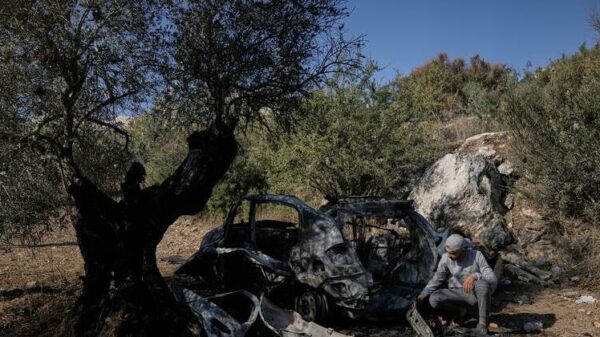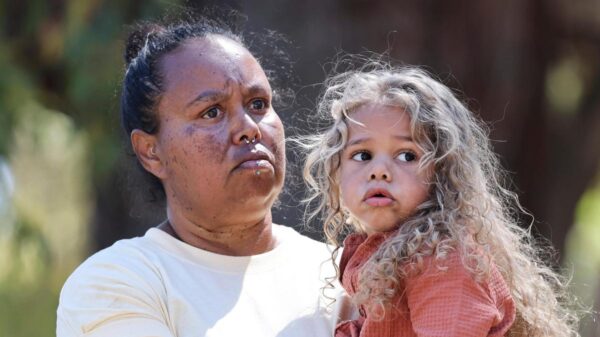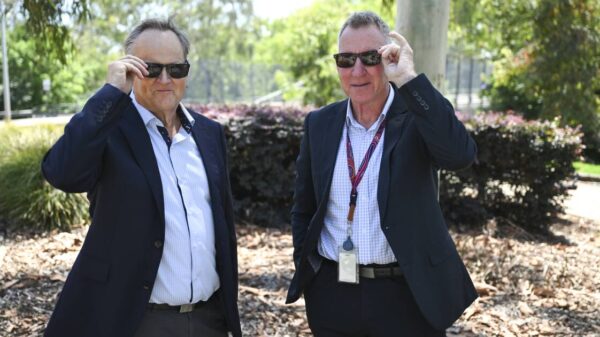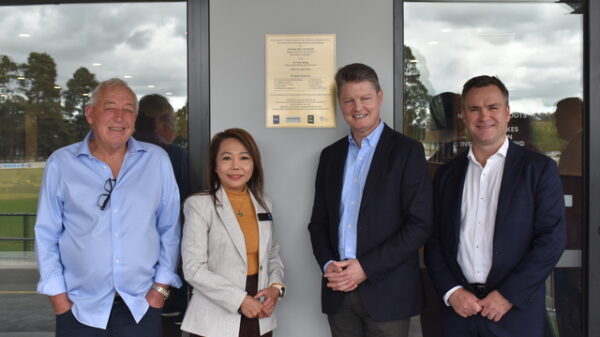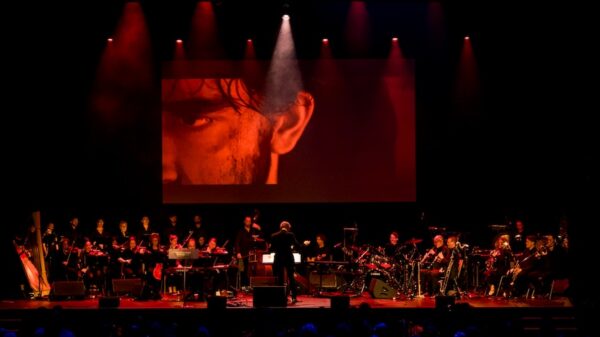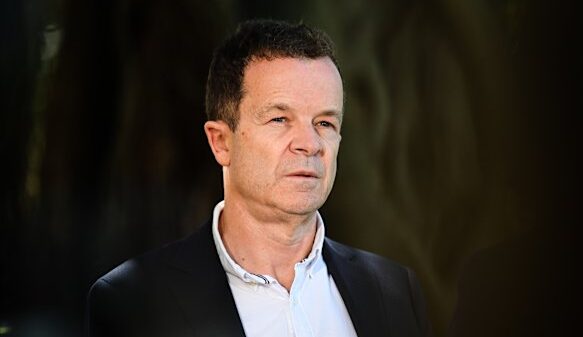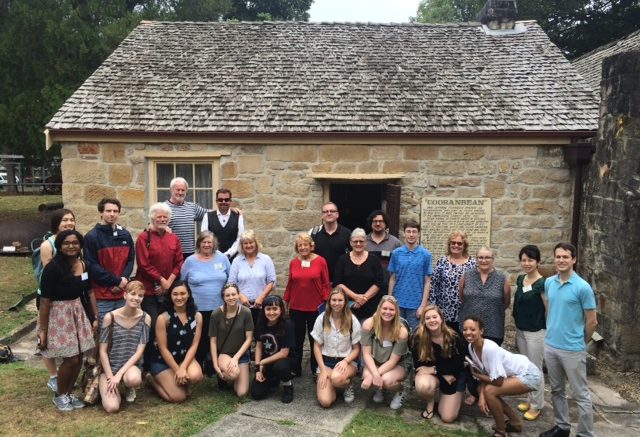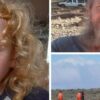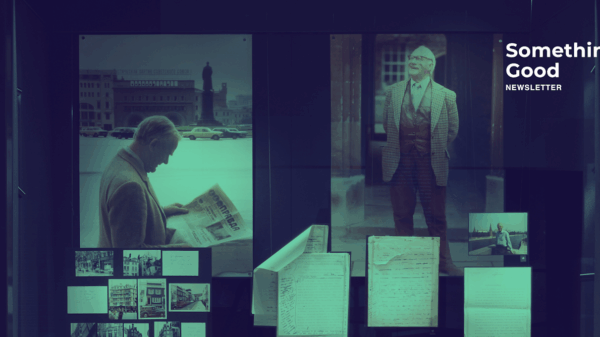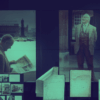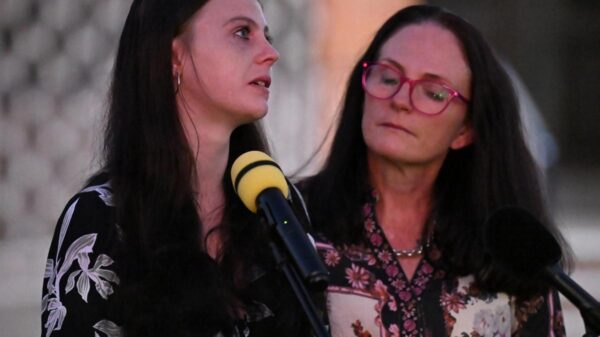A series of recent events on the Central Coast of Australia has underscored the community’s commitment to preserving its rich historical heritage. Following severe weather in June, the roof of Henry Kendall Cottage was damaged. This modest sandstone structure, once home to celebrated poet Henry Kendall, is now at the center of a community-led preservation effort. Local Rotary clubs—including those from Brisbane Water, The Entrance, Gosford, and Kincumber—acted quickly, providing protective tarps to safeguard the site while more permanent repairs are planned.
The Brisbane Water Historical Society is working diligently to replace the traditional shingled roof of the cottage. Remarkably, the site has remained open to visitors, serving as a living connection to both the literary past and the cultural evolution of the Central Coast. This initiative highlights the area’s historical significance and the community’s strong ties to its heritage.
Community Push for Conservation and Heritage Recognition
In Gosford, the community’s passion for preserving its heritage has become increasingly evident. The old Gosford Library, which once served as a civic and cultural hub, has sparked a campaign advocating for its preservation or thoughtful reuse. This effort reflects a broader recognition of the importance of maintaining historical sites as part of the region’s identity.
In a notable victory for conservationists, the former Gosford Courthouse, now home to the local Conservatorium of Music, has officially been listed on the NSW State Heritage Register. This designation acknowledges the building’s historical and architectural importance, ensuring that it will be protected for future generations.
The legacy of the Central Coast is also encapsulated in the story of Bungaree, an Aboriginal leader born near Broken Bay. Bungaree was one of the first Indigenous figures to engage directly with colonial authorities. He notably circumnavigated Australia with explorer Matthew Flinders and was acknowledged by early governors for his intelligence and leadership. His story stands as a powerful reminder of resilience, diplomacy, and the potential for reconciliation between cultures.
These examples of community initiative and historical recognition demonstrate that the Central Coast is integral to both modern and ancient Australian history. As the region evolves, it is crucial to balance progress with the preservation of its rich past.
As David Abrahams, Managing Editor, aptly noted, “A region that forgets its history risks losing something far more valuable than real estate; it risks losing its soul.” Such sentiments resonate deeply as the community moves forward, ensuring that the legacy of past generations continues to influence future ones.






